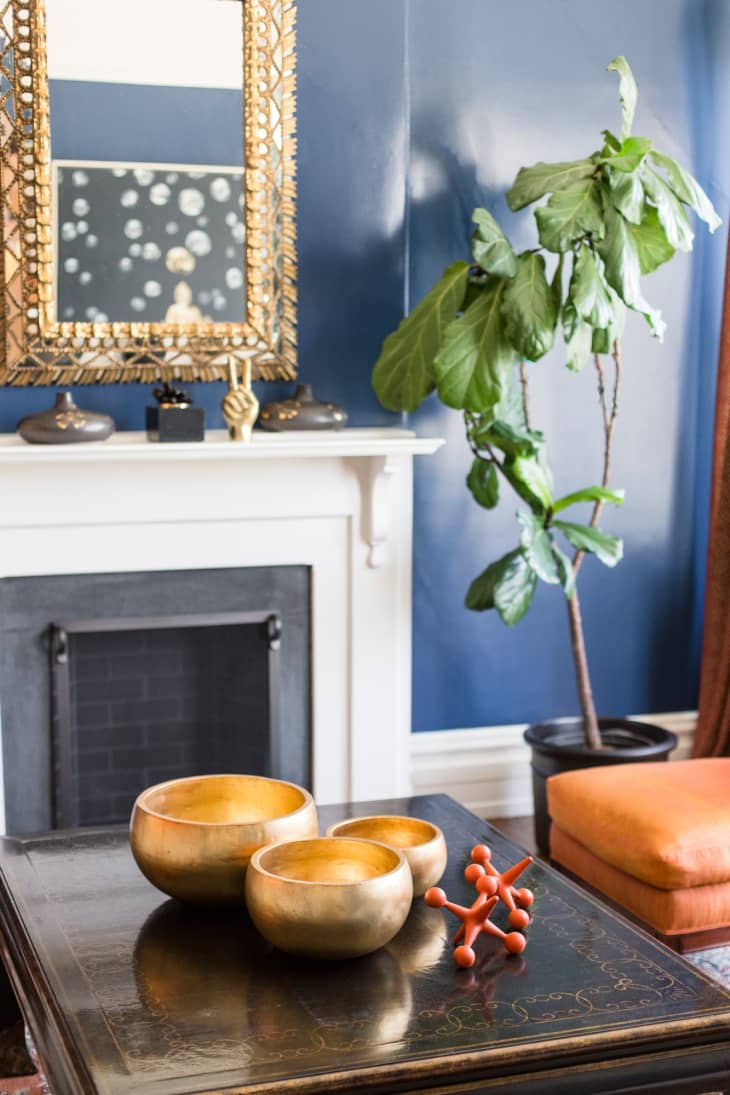Why Are Odd Numbers So Visually Appealing?

Despite what any of your playground foes may have told you in grade school, being odd is actually a good thing. Odd numbers – and the number three, specifically – have long been heralded by designers and stylists as magical numbers that should be applied to interiors and vignettes to make them look even better. But better how?
Odd Numbers Create Visual Interest
Even numbers create symmetry, but odd numbers create interest. An odd number of details is more effective at capturing your gaze. Odd numbers force your eyes to move around the grouping–and by extension, the room. That forced movement is the heart of visual interest. It’s for that reason that a set of three is more appealing and memorable than something paired off in two’s.
Test it Out
Here are a few places to try out odd numbers at home:
- Objects on a countertop or surface: Within any grouping there should also be a hierarchy – a set of three works best when there’s some variation in height, shape or size.
- The number of patterns mixed in a room: Pattern mixing is not tough to master, if you stick to the rules. Choose three patterns that all share a common color scheme, and put them to use in a 60/30/10 approach.
- Groupings of furniture: There’s a reason the classic “sofa and two chairs” combo works so well.
- Photos on a wall: If you’ve got a gallery wall at home that just isn’t working, count the frames. If you’ve got an even number, add or remove a frame and see if your new arrangement pops off the wall.
Do you prefer the interest of odd numbers or the symmetry of evens at home?